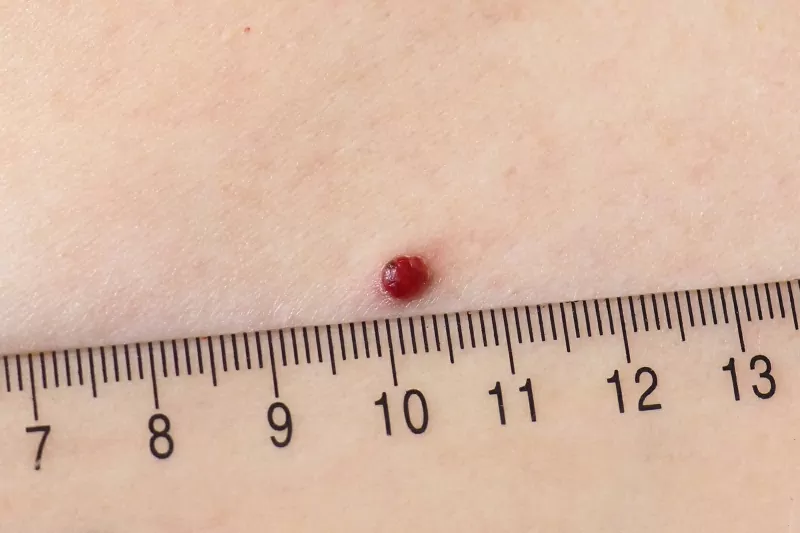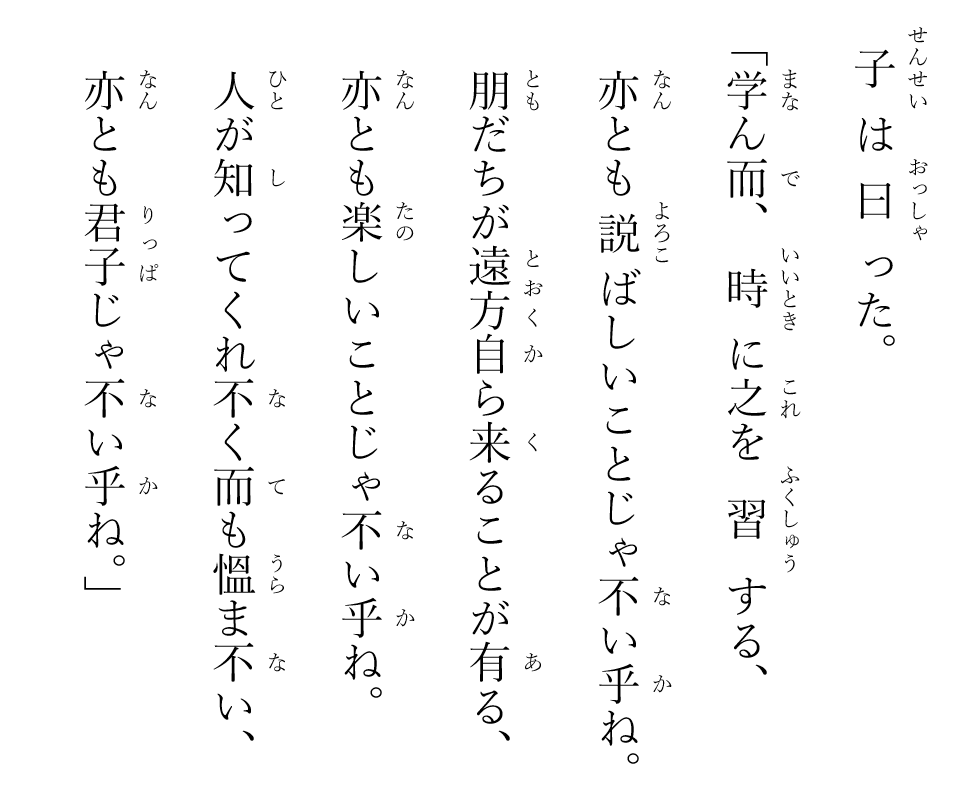The old Javanese word for gambling
Concerning Javanese dots
The business of assigning meaning to words is a very dynamic one, and only those who are in the dictionary business can readily appreciate the spacetime variability of words. Stuart Robson, Singgih Wibisono (2002) Javanese English Dictionary (with the assistance of Yacinta Kurniasih), Periplus, Hong Kong.Robson and Wibisono (2002) wrote, for instance:
Experience has shown that defining the meanings of Javanese words is like aiming at a moving target. A comparison of definitions from two existing dictionaries, say Pigeaud and Jansz, seems to highlight this problem, because often the meanings given apparently differ, either in emphasis or totally, or the word is missing in one but present in the other. What is going on here? Is this the same language? Was one lexicographer right and the other wrong?
In old Javanese, twah and toh can be used interchangebly to refer to birthmarks or black spots found on human bodies, this is because Pigeaud (1924) tells us that, of the five Tantu Panggĕlaran manuscripts used for his PhD thesis, two of them (Manuscript A and C) spelt the word as twah, and the other two (Manuscript D and E) spelt the word as toh.
| Source | Deictic particle | Gambling stake | Colored spot on skin |
|---|---|---|---|
| T. Iskandar (1970) | Yes | No | Yes |
| P. J. Zoetmulder (1982) | Yes | Yes | No, but. |
| S. Robson (2002) | Yes | Yes | Yes |
But P. J. Zoetmulder (1982) Old Javanese-English Dictionary (with the collaboration of S. O. Robson), Martinus Nijhoff, The Hague. See p. 2089Zoetmulder (1982) did not directly capture the dermalogical usage of the word under his entry on toh:
- toh as a contextual or deictic particle, either for adding emphasis or inviting agreement or confirmation.
- toh as gambling stake. For examples, “toh nyawa” means “to stake one's life”, “bwat toh” means gambling, “amwat toh” means “to gamble”, “âtoh/maṅgâtoh” means “put up for stake”, “atoh bhaya” means “risky stake”.
So one gets the impression that toh may only has the following two functions in old Javanese. However, Zoetmulder made a small callout to toh in the entry for the word twah:
- twah (modern Javanese toh, in J. F. C. Gericke, T. Roorda (1901) Javaansch-Nederlandsch Handwoordenboek. 2 vols, Leiden, Amsterdam.Gericke and Roorda, 1901): birthmark, black spot on the skin.
Robson and Wibisono (2002) are fully aligned with Zoetmulder's treatment, for they listed “come on!" as the English approximation for the first definition, and for the second usage, they repeated the same gambling stake definition. On top of that, the birthmark definition inserted in their work:
- toh: gambling stake.
- toh: dark birthmark.
- toh: come on! (particle).
Not surprisingly, the dermalogical usage of toh is captured also in our own Kamus Dewan (1970) and two color variants are explicitly given, namely black and red:
- toh (Jakarta): titik atau cacat pada kulit (hitam atau kemerah-merahan warnanya).
- toh (Indonesia-Belanda, bahasa percakapan): kata untuk menguatkan maksud (kadang-kadang sama ertinya dengan namun), e.g. lihatlah mereka toh tidak bisa terbang.
Enter the Chinese dots
Elements of rhythm and chance in all kind of board games (Backgammon, Snakes and ladders, etc) is usually simulated and handled by a mechanical random number generator, commonly called the die (plural “dice”). Early dice are built by the very primitive way of making numbers directly on the surfaces of animal bones.
Apparently these irregularly-shaped dice are not equiprobable generators of random numbers. So some design improvements were made, and one simple way to achieve equiprobable multinomial outcome is to mark the numbers directly on the faces of a We can use the Euler's formula $$V + F - E = 2$$ to show that there exists only five Platonic solids, namely, tetrahedron (4 faces), cube (6 faces), octahedron (8 faces), dodecahedron (12 faces), icosahedron (20 faces).Platonic solid.
Since the easiest Platonic solid is the cube, the six-face die is also the most common form of design, and it is used, for example, to dictate the number of allowable moves of the pieces in the woshuo 握槊 board game, which is a Chinese adaption of its Indian cousin.
Outside the palace, normal people in the street are probably not interested in the strategic elements found in the woshuo, so they divorce the dice from the board game, and invented a standalone game of pure chance: by asking the players to guess the outcome of the sky-facing dice inside the opaque dice cup, and the players with the correct answer are handsomely rewarded. This was the beginning of one of easiest form of entry-level gambling 賭.
Decomposing the Chinese glyph for die and gamble
The Chinese glyph for die is 骰 (mandarin pronunciation = The word can be pronounced also as “shǎi”, and it has a sister glyph named “色” (shǎi).tóu), it is a composite glyph built from the following components:
- 骨 (gǔ), the bone glyph, which is a reference to the material of construction of the die.
- 投 (tóu), which describes the action of throwing the die. Here, the hand radical 扌(shǒu) is deleted and only the right hand side (The shū (殳) glyph can be used to refer to base or handle of a weapon named jǐ (戟). Given its function as a position marker, it can be flexibly combined with other radical to form new words, e.g. 月 (flesh/body part) + 殳 (base) = 股 (thigh), 氵(shui) + 殳 (base) = 没 (drown)殳 shū) is retained.
In the Chinese glyph for gamble is 賭 (mandarin pronunciation = dǔ), the bèi-component (貝) on the left hand side is the sematic stand-in for the monetary stake for the game, while the The 者-component is found in many Chinese glyphs, e.g. 豬|諸 (zhū), 煮|渚 (zhǔ), 著|箸 (zhù), zhě-component (者) is the phonetic fragment of the word.
Connecting the dots
. . .











Comments